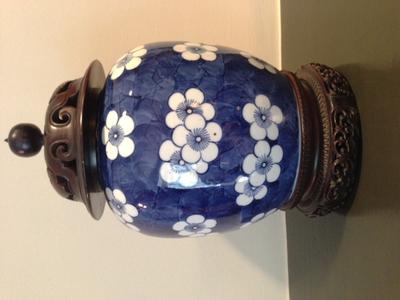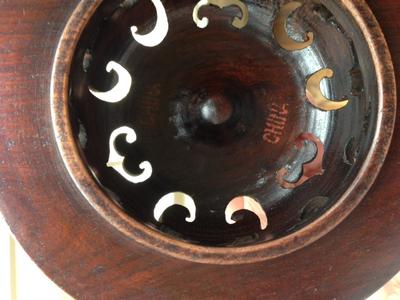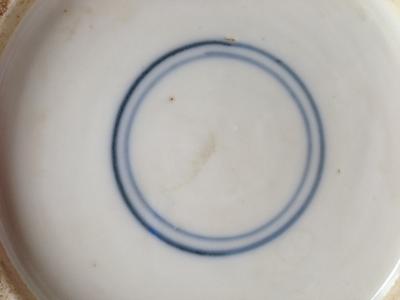Commenting is deactivated.
Please post all new topics and queries to the
Discussion Forum
Ginger Jar
by Kat
(USA)
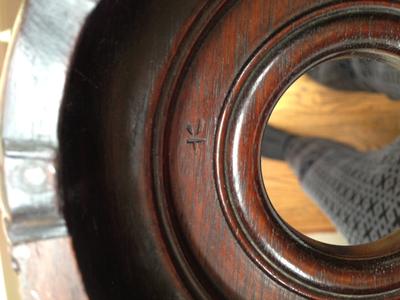
This jar belonged to my grandmother and has been in her home for the last 60 years. Can you tell me anything about it? The glaze is bright and beautiful but has many tiny pin-prick holes and one larger brown spot. The bottom of the jar has a double circle, and the wooden top has "China" stamped in red in two places. The wooden bottom has a Chinese mark. Thank you!
Comments for Ginger Jar
|
||
|
||
|
||
|
||
|
||
|
||
Ginger Jar
by Kat
(USA)
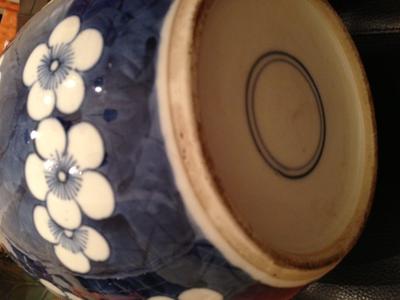
flowers
Thank you, Peter, for examining the jar for me. Here are 4 more photos. The close-up of the blossoms contains the one brownish spot I referred to earlier, and you can also see two pin-prick holes in this same close-up.
Kat
Return to Ask a Question or Contribute - archived 2013.
Ginger Jar
by Kat
(USA)
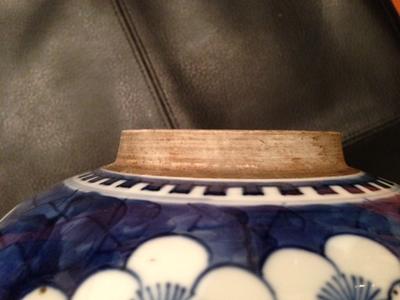
top lip
Top lip
Return to Ask a Question or Contribute - archived 2013.
Ginger Jar
by Kat
(USA)
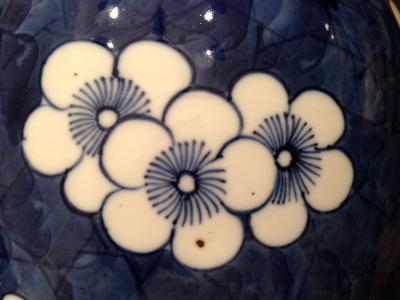
Here is a photo of the blossom -- note the large brown spot and two tiny pin-prick holes. I must send the other photos separately.
Return to Ask a Question or Contribute - archived 2013.
Ginger Jar
by Kat
(USA)
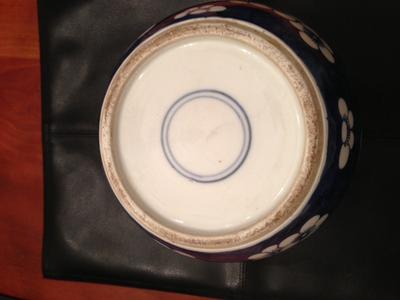
Bottom of jar
